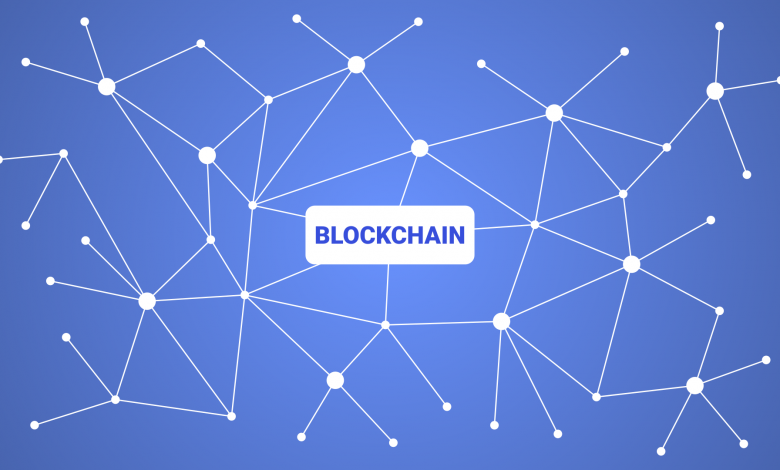The Evolution of Cybersecurity: Adapting to a Post-Covid-19 World

In the wake of the Covid-19 pandemic, the world has undergone significant changes, forcing governments, companies, and individuals to adapt to a “new normal.” This shift has also affected the cybersecurity landscape, highlighting the need for resilience and adaptation in the face of evolving threats. In this article, we will explore the key concepts of digital trust and zero trust, analyze the impact of Covid-19 on cybersecurity, and discuss strategies to enhance cybersecurity in a post-pandemic world.
Table of Contents
Digital Trust: Ensuring Confidence in an Online World
Digital trust plays a crucial role in the secure and efficient use of digital technologies and the internet. It encompasses the level of confidence individuals and organizations have in the security and privacy of their online interactions and transactions. Building digital trust requires a combination of effective security measures, a solid reputation, transparency, and accountability.
Encryption and other security technologies are fundamental in building digital trust. By encoding data in a way that only authorized users can access, encryption protects against cyber attacks and unauthorized access. This makes it challenging for attackers to read or steal sensitive information.
The reputation and track record of an organization or individual also contributes to digital trust. Organizations with a history of security breaches or incidents may struggle to gain the trust of their customers and stakeholders. Conversely, those with a strong track record of security measures are considered more trustworthy.
Transparency and accountability are essential in building digital trust. Organizations must be open about their security practices, openly discuss breaches or incidents, and take responsibility for any security-related issues. By doing so, organizations can build trust with their customers and minimize damage to their reputations.
Zero Trust: A Paradigm Shift in Cybersecurity
Zero trust is a security model that challenges the traditional notion that networks and systems can be inherently trusted. Instead, it assumes that all users and devices are untrusted and must be verified before accessing resources. This philosophy aims to prevent attackers from gaining unauthorized access to sensitive data and systems.
In the context of the Covid-19 pandemic, the importance of zero trust has become even more evident. With the acceleration of digital transformation, organizations have had to adapt to remote work environments and provide access to critical resources through various channels. This expanded attack surface requires a more stringent approach to cybersecurity.
The zero trust model emphasizes strict access controls and continuous authentication and authorization processes. Every access request, regardless of whether the user is already within the network, is evaluated and verified before granting access. This approach minimizes the risk of unauthorized access and lateral movement within a network.
To implement zero trust effectively, organizations must combine technical measures, such as multi-factor authentication and device fingerprinting, with non-technical measures like employee training and awareness programs. This holistic approach ensures that only trusted users and devices have access to sensitive resources.
The Impact of Covid-19 on Cybersecurity
The Covid-19 pandemic has significantly impacted the cybersecurity landscape. As companies shifted to remote work environments and accelerated their digital transformation efforts, cyber attackers seized the opportunity to exploit vulnerabilities. The number of attacks has increased, and attackers have become more sophisticated in their methods.
The attack surface has expanded due to the widespread adoption of remote work. Previously, employees accessed resources within the confines of their office networks, which had established security measures. However, with remote work, employees connect to corporate resources through home networks that may not have the same level of security.
Phishing attacks, malware, and ransomware have become prevalent during the pandemic. Attackers exploit the fear and uncertainty surrounding Covid-19 to trick individuals into revealing sensitive information or installing malicious software. These attacks can lead to data breaches, financial loss, and disruption of services.
To mitigate the impact of Covid-19 on cybersecurity, organizations must prioritize cybersecurity initiatives and adapt their security measures to the new normal. This includes implementing zero trust principles, enhancing employee training and awareness programs, and continuously monitoring and updating security measures to address emerging threats.
Enhancing Cybersecurity in a Post-Pandemic World
In a post-pandemic world, cybersecurity will continue to play a critical role in protecting individuals and organizations from cyber threats. By adopting the following strategies, organizations can enhance their cybersecurity posture and adapt to the evolving threat landscape:
1. Protecting Data Assets
Organizations must identify and prioritize their data assets and develop robust strategies to protect them. This involves understanding the value of data, classifying it based on sensitivity, and implementing appropriate security controls. Data access should be restricted based on roles and responsibilities, and sensitive data should be stored in secure locations.
2. Prioritizing Cybersecurity Initiatives
With the evolving threat landscape, organizations must prioritize cybersecurity initiatives based on risk and return on investment. This includes regularly assessing and updating security measures, evaluating third-party security practices, and ensuring that employees and supply-chain partners are adequately prepared to identify and respond to threats.
3. Practicing for Breaches
Cyber incidents and data breaches are inevitable, and organizations must be prepared to respond effectively. This involves developing and regularly testing incident response plans, ensuring proper communication channels during a crisis, and transferring cyber risk through insurance coverage. By practicing for breaches, organizations can minimize the impact and recovery time associated with cyber incidents.
4. Preventing Attacks Through Employee Education
Employees are often the first line of defense against cyber attacks. Organizations should invest in cybersecurity awareness training programs that educate employees on good cyber practices, their roles in protecting the business, and the potential consequences of their actions. Continuous feedback and personalized training content can help reinforce good cyber behavior.
Conclusion
As we navigate the post-Covid-19 world, cybersecurity remains a pressing concern, not just for traditional sectors, but even in areas one might not immediately consider, such as online gaming. Take for instance how leading online platforms, like casinos, are now leveraging some of the best cybersecurity technologies available. Their players might rely on FanDuel’s blackjack tips for a gaming edge, but these casinos understand the paramount importance of digital trust for their clientele.
Similarly, for a broad spectrum of organizations, implementing zero trust principles has become essential in mitigating cyber threats and ensuring the security and privacy of digital interactions. By adopting robust cybersecurity measures, prioritizing initiatives, practicing for breaches, and educating employees, organizations can enhance their resilience and adapt to the evolving threat landscape.





